The Musselburgh Golf Club Course Review
The Musselburgh Golf Club is home to a James Braid parkland course that has been used for Open qualifying
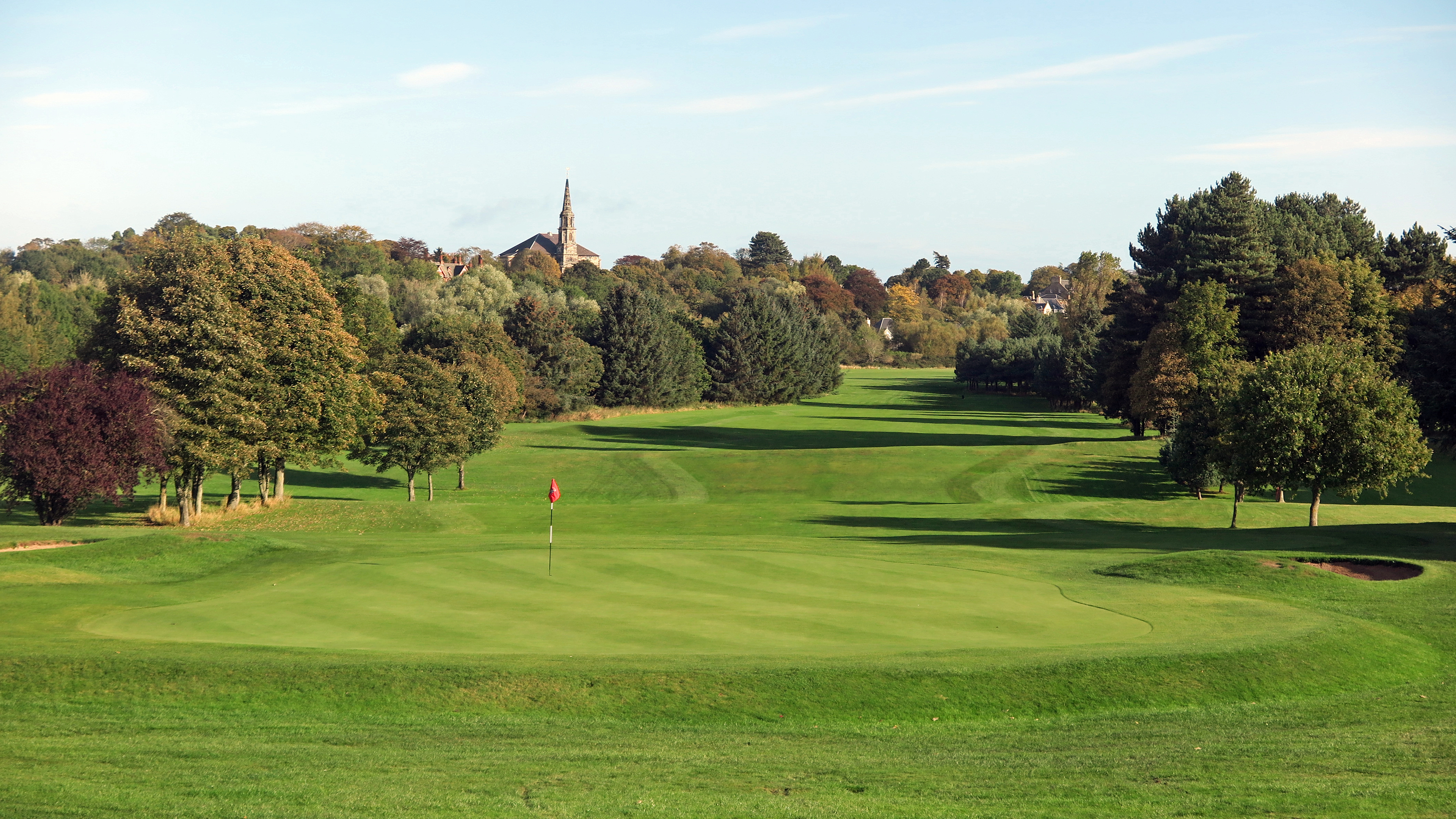

The Musselburgh Golf Club Course Review
GF Round: £100 Mon-Fri, £125 Weekend
Par 71, 6,725 yards
Slope 129
GM Verdict A fine parkland design with plenty of interesting holes and challenge
Favourite Hole The par-4 15th, Joogley, played back down to the railway with bunkers in front and the burn behind
Musselburgh is a place synonymous with golf, but not so many people know there are not one but three clubs and courses with this name in their title. This one, either The Musselburgh or simply Musselburgh, is substantially the youngest of the three although it does still date back to 1938. As with several other courses along Scotland’s Golf Coast, it is a James Braid design. It was used for regional qualifying for The Open from 2006 to 2010, and final qualifying when the championship was at Muirfield in 2013.
FRONT NINE
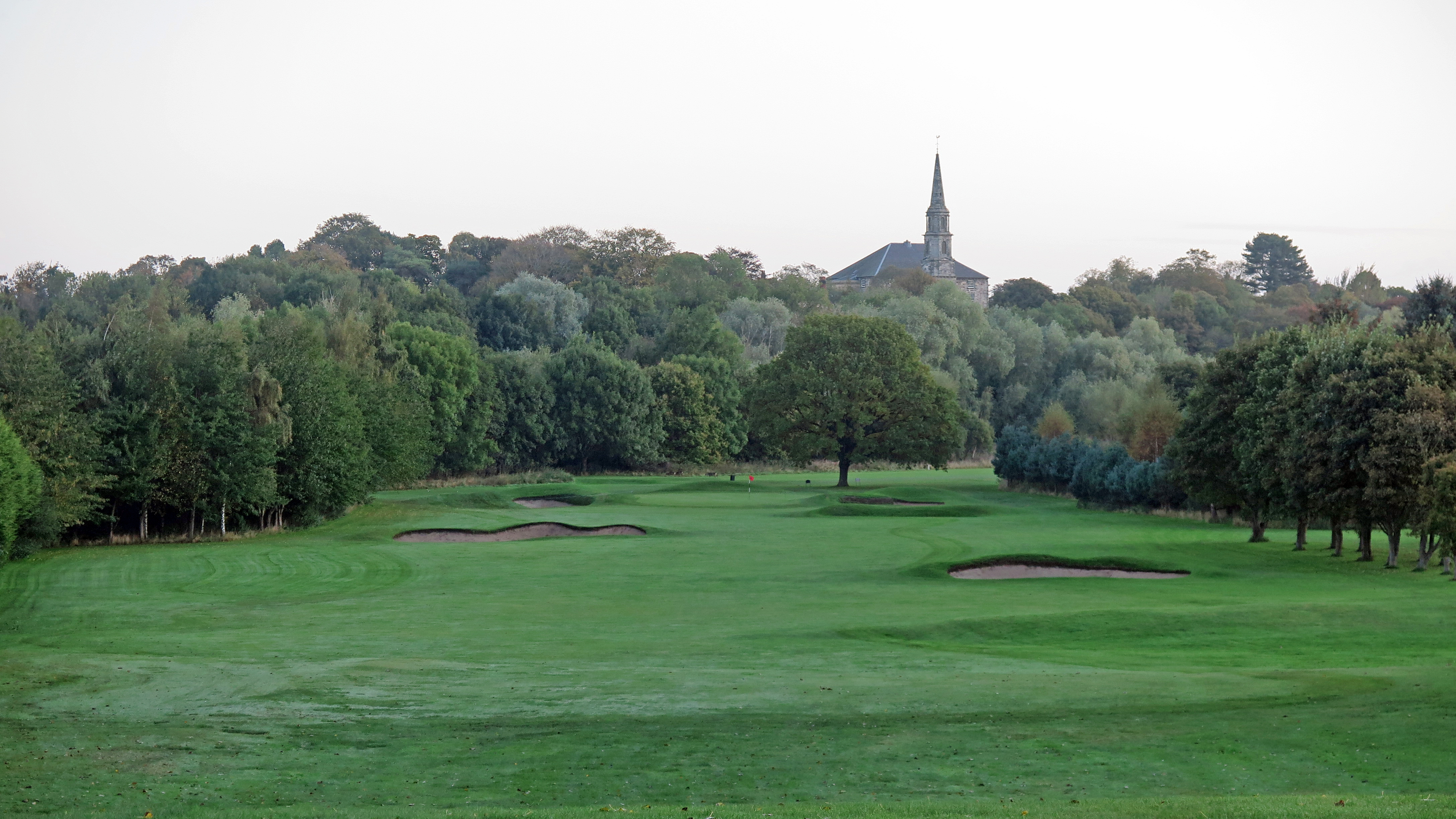
Strong bunkering lines the opening hole
A pair of par 4s get you on your way as you head out towards and alongside the River Esk.
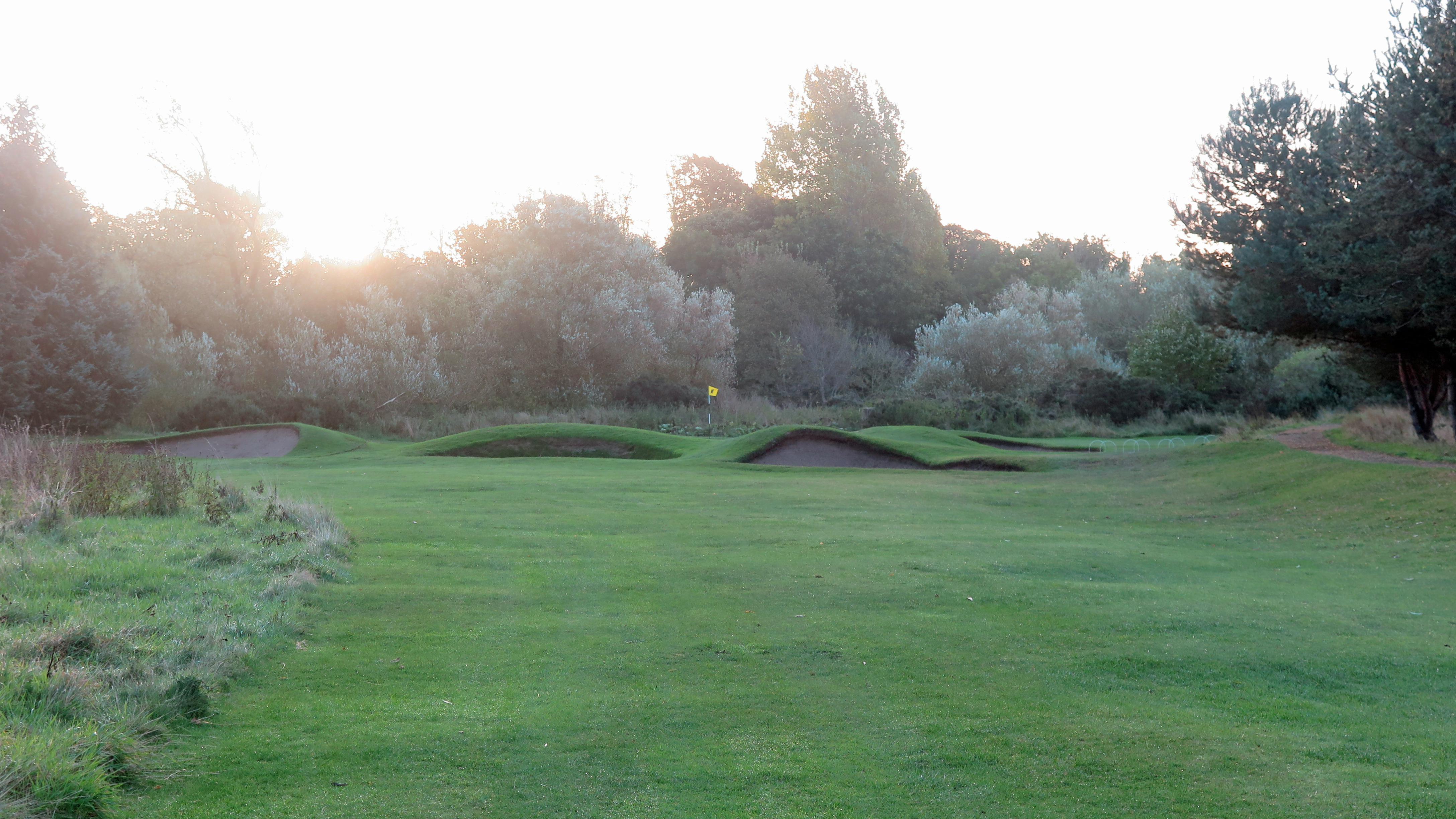
The third hole, Whins, is the shortest hole on the course
The first par 3 comes next, this one protected at the front by a quartet of bunkers which makes the only approach an aerial one. This is followed by the first of the three par 5s which again follows the river although you don’t really see it as it is screened by trees and dense foliage.
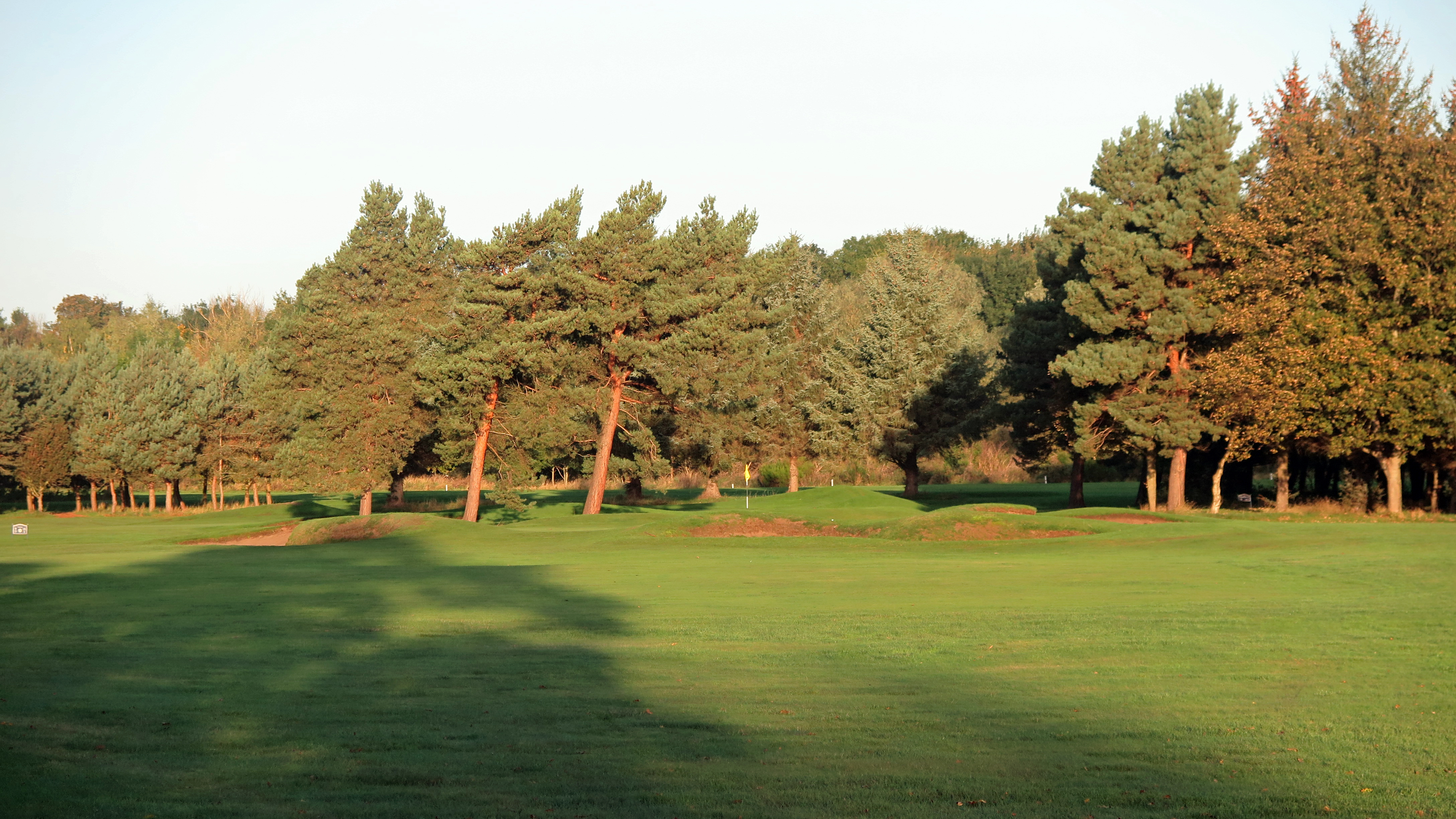
The par-3 sixth is 157 yards from the back tee and SI16
The next short hole comes at the 6th, and it plays a little longer than it looks and is again well protected, this time by three large bunkers. Following the second long hole at the 7th, you cross under the railway line to close the front nine with two testing par 4s, the second of which has a burn crossing in a valley some 70 yards short of the green.
BACK NINE
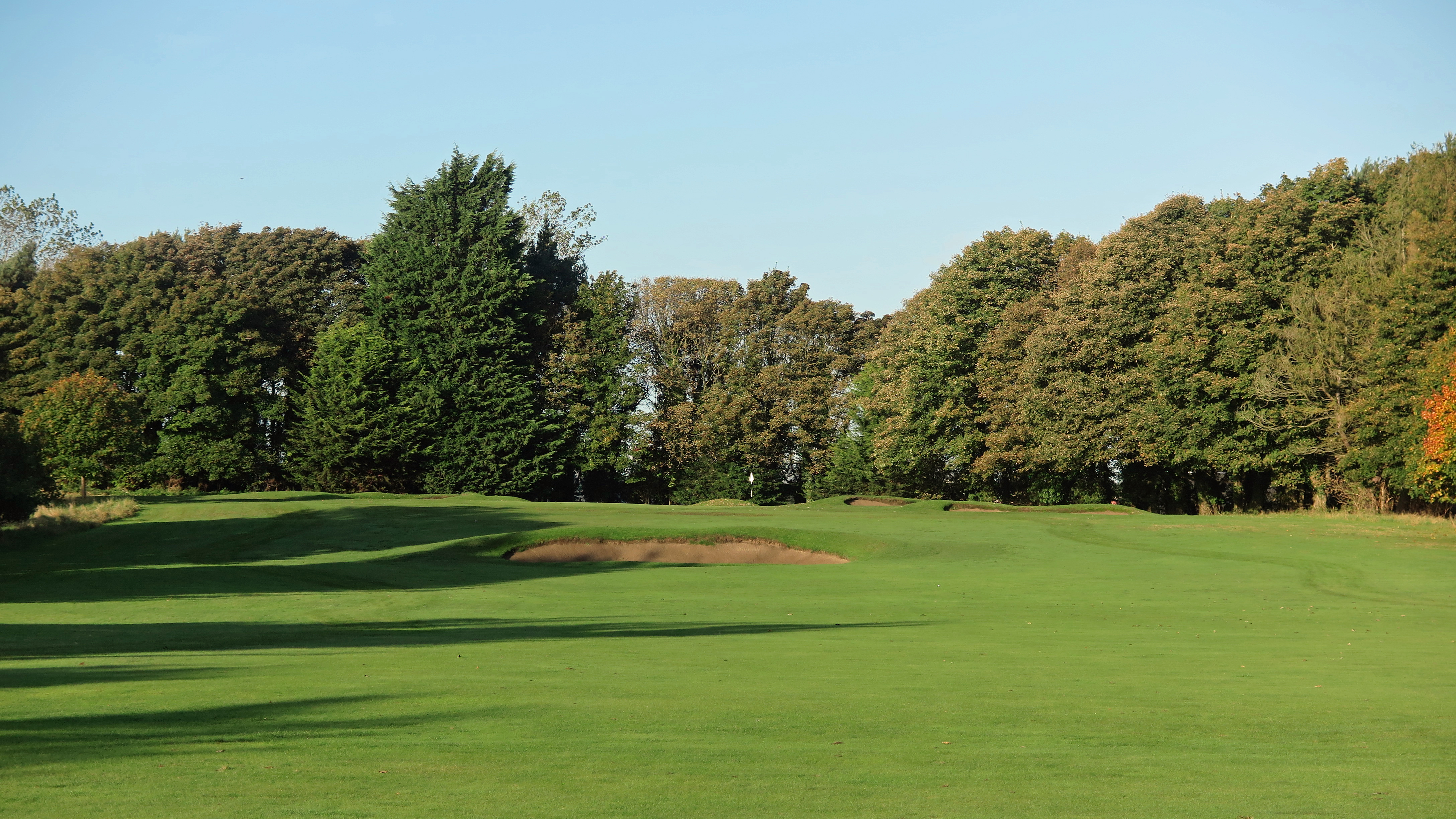
The approach to the tenth hole on the far side of the railway
The 10th is a long par 4, and the 11th, Braid’s Best, is another short hole with a great deal of sand and trees lining the right hand side. The final par 5 comes next and takes you to the southernmost point of the course, surprisingly close to the A1 but again well screened by very mature woodland.
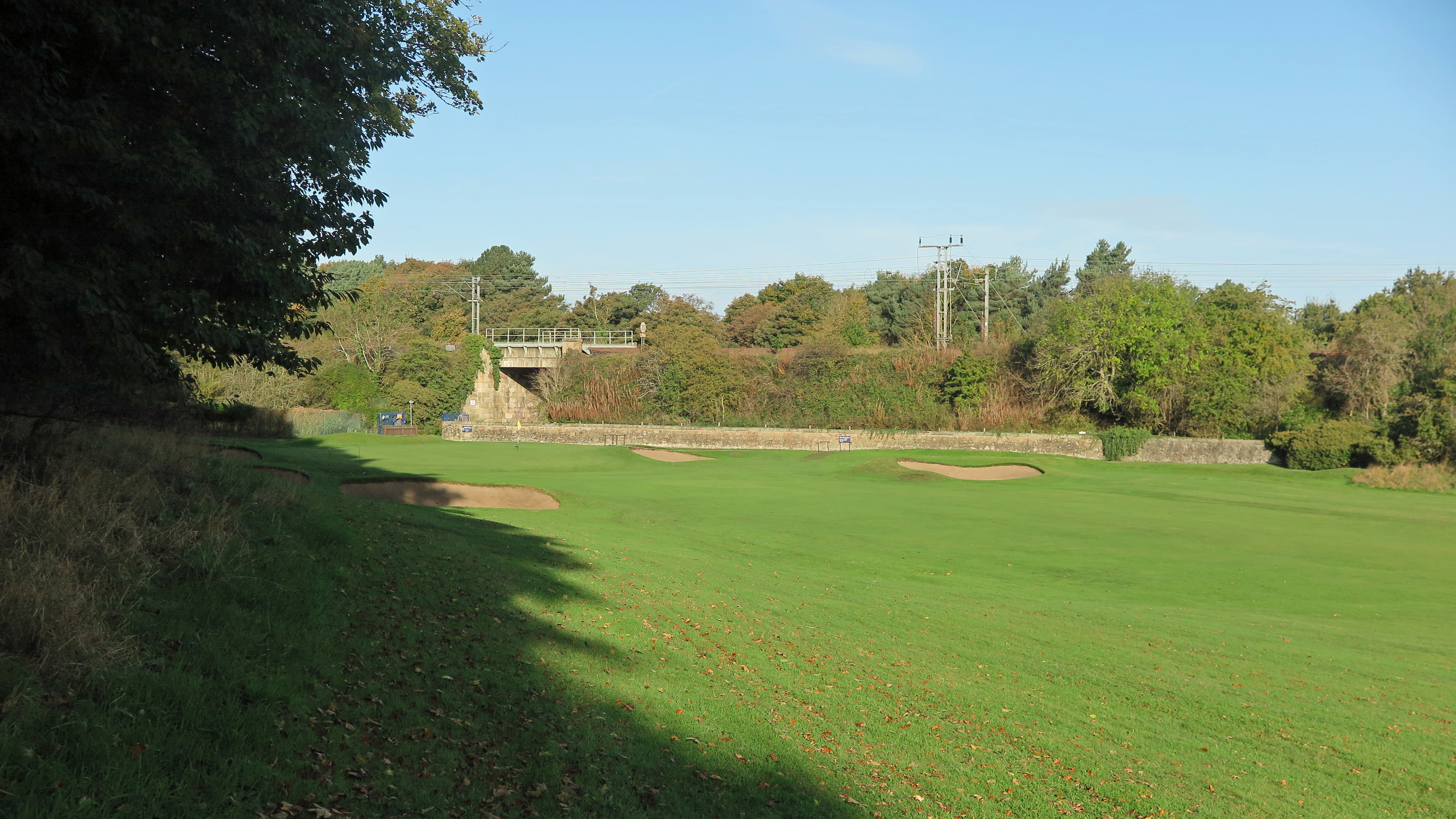
The toughest hole on the card at fifteen is well protected by bunkers and a burn waiting over the back
There are two gentle doglegs at 13 and 14, and then a very characterful hole back to the railway line. The 15th is just over 400 yards and SI1, tree-lined on the left and with a green that is surrounded by bunkers and the burn. There is a great deal to think about, and a par here will probably feel like a birdie.
Get the Golf Monthly Newsletter
Subscribe to the Golf Monthly newsletter to stay up to date with all the latest tour news, equipment news, reviews, head-to-heads and buyer’s guides from our team of experienced experts.
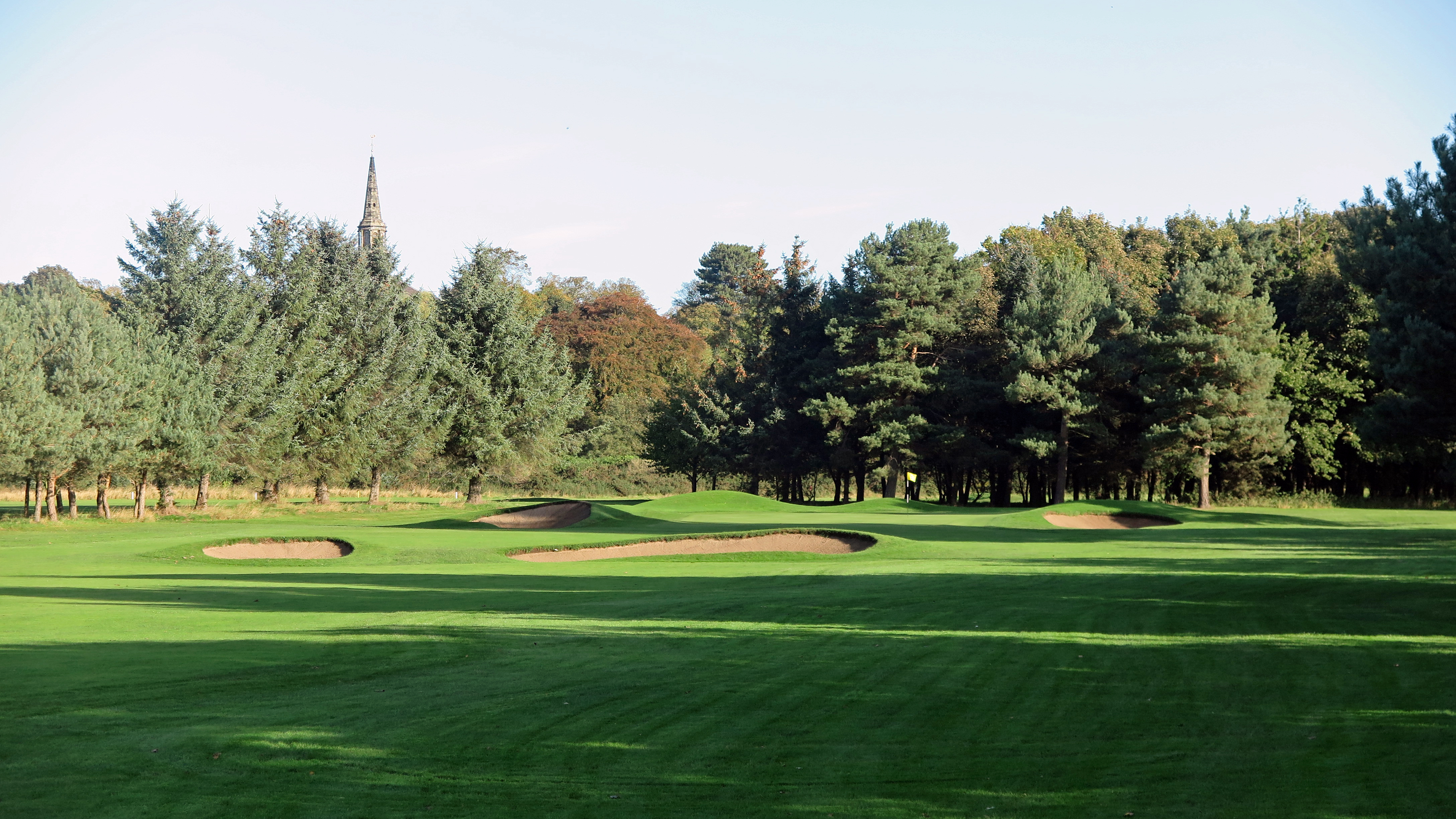
The par-4 seventeenth, Kirk, is well protected by sand
Across the railway, the final par 3 is all about distance control, and the 17th is a lovely two-shotter that eases its way gently from left to right.

It’s uphill and usually into the breeze on the closing hole overlooked by the art deco clubhouse
The final hole is very challenging and memorable, a maximum-length par 4 from the back tee that plays longer than its already considerable yardage.
Musselburgh, or Monktonhall, is a very engaging design that from the back tees is more than capable of challenging the best golfers. In an area with plenty of Top 100 and Next 100 courses, it makes for a welcome alternative to the links courses that tend to dominate the best golf courses in East Lothian. It is also very pretty, has its own character, and can hold its head up high in this area of outstandingly strong golf.

Rob has been playing golf for over 45 years and been a contributing editor for Golf Monthly since 2012. He specialises in course reviews and travel, and has played over 1,250 courses in almost 50 countries. In 2021, he played all 21 courses in East Lothian in 13 days. Last year, his tally was 78, exactly half of them for the first time. One of Rob's primary roles is helping to prepare the Top 100 Courses of the UK&I, of which he has played all, as well as the Next 100 where he is missing two in Scotland and two in Ireland. He has been a member of Tandridge for over 30 years where his handicap hovers around 15. You can contact him at r.smith896@btinternet.com.
-
 Bill Coore And Ben Crenshaw To Design New Course At Pinehurst Resort
Bill Coore And Ben Crenshaw To Design New Course At Pinehurst ResortBill Coore and Ben Crenshaw are designing a new course for Pinehurst Resort
By Mike Hall
-
 Amateur Legend Jay Sigel Dies Aged 81
Amateur Legend Jay Sigel Dies Aged 81The USGA has announced the American has passed away at the age of 81 from pancreatic cancer
By Mike Hall